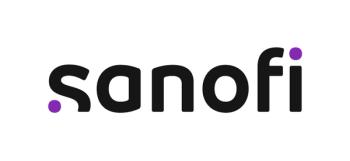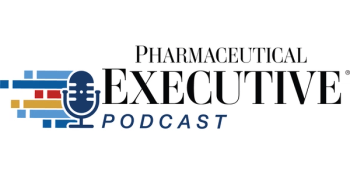Eli Lilly Announces 170% Price Increase for Mounjaro in UK
Key Takeaways
- Eli Lilly is increasing Mounjaro's UK price by 170% to match European market levels, with the highest dose now costing £330.
- The price hike is not directly related to the US MFN order, despite coinciding with international drug pricing discussions.
The new list price will bring the medication in line with other European markets.
Weight-loss medication in the UK is going to make both people and their wallets lighter.
Why is Eli Lilly raising the cost of Mounjaro in the UK?
Eli Lilly announced that it will raise the list price of Mounjaro in the UK by 170%. 1 This news comes on the heels of a report that
According to Reuters, the price increase will bring Mounjaro’s list price in line with other European markets. Starting in September of this year, the weight loss and diabetes medication will cost £330 for the highest dose (roughly $446). The medication previously cost £122 for the highest dose (about $165). For comparison, the list price for Mounjaro in the United States is $1,079.77-per-fill.2
These prices, however, are list prices and Eli Lilly offers a variety of savings programs, rebates, and discounts in both the UK and the United States.
According to Reuters, Lilly’s reasoning for the price increase is just to bring the medication to a similar list price with other European markets. The drug maker also says that it has reached an agreement the UK’s NHS to maintain the continued supply of the medication for the region. Reuters also reports that NHS has clarified that the price change will not change the drug’s availability to people obtaining it through state-run health services for obesity or type 2 diabetes treatments.
The initial list price in the UK was reportedly set to a significantly lower price than other regions in order to assure availability through Britain’s NHS.
The timing of the announcement, however, does raise some questions. Earlier this month,
Rival GLP-1 maker Novo Nordisk is also on the list, along with AbbVie, Merck, Pfizer, Astra Zeneca, and other major pharma companies.
The increased price of the drug in the UK is still significantly lower than it is in the United States. Also, because of potential rebates and discounts, it’s possible that patients may not feel the full brunt of the increase.
Reports have surfaced, however, of pharma representatives meeting with officials at the White House to discuss increasing drug prices abroad. The wording of the President’s MFN order makes it possible to meet its demands by increasing prices abroad. Also, the main argument that the industry has made against the MFN order is that drug prices in the US
Further complicating the situation is the fact that
Over the past several years, GLP-1s have incredibly successful at treating obesity. Studies have shown, however, that patients who stop taking the drugs are likely to experience a rebound effect and regain much of the weight that they lost.
Sources
- Eli Lilly to hike UK price of Mounjaro weight-loss, diabetes medicines by 170%. Eli Lilly. August 14, 2025.
https://www.reuters.com/business/healthcare-pharmaceuticals/eli-lilly-hike-uk-price-mounjaro-weight-loss-diabetes-medicines-by-170-2025-08-14/ - How much should I expect to pay for Mounjaro® (tirzepatide)? Eli Lilly.
https://pricinginfo.lilly.com/mounjaro
Newsletter
Lead with insight with the Pharmaceutical Executive newsletter, featuring strategic analysis, leadership trends, and market intelligence for biopharma decision-makers.





